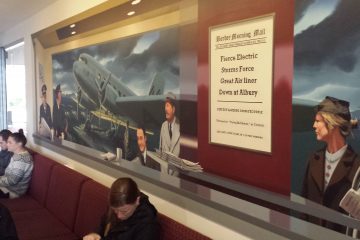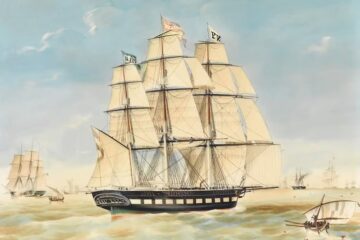The Dutch aircraft manufacturer Fokker has maintained a significant presence in Australian aviation history, from pioneering flights in the early 20th century to modern-day operations. This article explores the evolution of Fokker’s involvement in Australia, highlighting key milestones and the current status of Fokker aircraft in the country. See also Wikipedia.
Early Connections: The ‘Southern Cross’ and Fokker’s Entry into Australia
In 1928, Australian aviator Sir Charles Kingsford Smith completed the first trans-Pacific flight from the United States to Australia in the Fokker F.VIIb/3m trimotor monoplane named the ‘Southern Cross’. This historic event marked the beginning of Fokker’s association with Australian aviation. The ‘Southern Cross’ is now preserved at the Kingsford Smith Memorial in Brisbane, serving as a testament to this pioneering achievement.
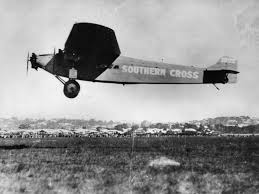
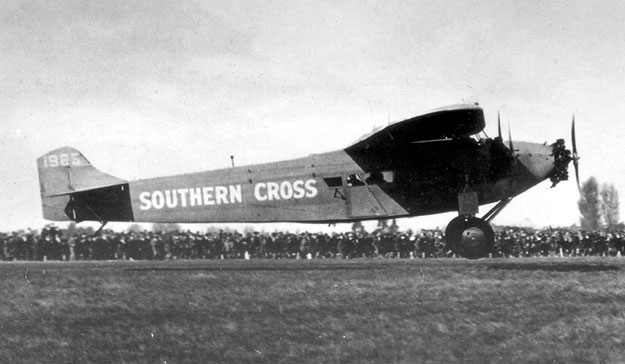
The Fokker F27 Friendship: Revolutionising Regional Air Travel
Introduced in the late 1950s, the Fokker F27 Friendship became a mainstay in Australia’s regional aviation sector. Its reliability and performance made it a preferred choice for airlines such as Ansett and Trans-Australia Airlines (TAA). The F27’s impact was profound, facilitating improved connectivity across Australia’s vast landscapes and contributing to the growth of regional communities.
Jet Age Advancements: Fokker 70 and Fokker 100
In the 1980s and 1990s, Fokker introduced the Fokker 70 and Fokker 100 jet aircraft, which found a niche in Australia’s aviation market. These aircraft offered efficient performance for short to medium-haul routes, aligning well with Australia’s geographic and economic needs. Several Australian airlines, including Ansett and Alliance Airlines, incorporated these jets into their fleets, further cementing Fokker’s role in the country’s aviation landscape.
Alliance Airlines: The World’s Largest Operator of Fokker Aircraft
Established in 2002, Alliance Airlines has grown to become the largest operator of Fokker aircraft globally. As of 2024, the airline operates a fleet that includes 25 Fokker 100s and 12 Fokker 70s, primarily serving the fly-in, fly-out (FIFO) market for Australia’s mining and resources sectors. Alliance’s commitment to maintaining and operating Fokker aircraft underscores the enduring value and reliability of these models in challenging operational environments.
Maintenance and Support: Sustaining Fokker Aircraft in Australia
Despite Fokker ceasing aircraft production in 1996, the support and maintenance of existing aircraft continue. Companies like Alliance Airlines have developed in-house capabilities to service their Fokker fleets, ensuring their longevity and operational efficiency. The availability of spare parts and technical expertise has been pivotal in sustaining the operational viability of Fokker aircraft in Australia.
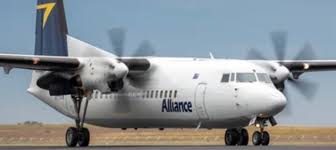
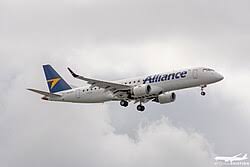
Preservation and Legacy: Fokker Aircraft in Australian Museums
Several Fokker aircraft have been preserved in Australian museums, reflecting their historical significance. For instance, the South Australian Aviation Museum houses a Fokker F27 Friendship, celebrating its role in the nation’s aviation history. These preserved aircraft serve as educational exhibits, offering insights into the technological advancements and contributions of Fokker to Australian aviation.
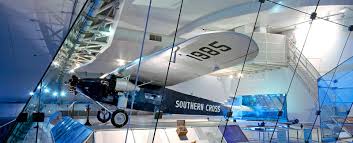

Fokker’s century-long association with Australia exemplifies a successful international partnership in aviation. From trailblazing flights to reliable regional airliners, Fokker’s aircraft have played a crucial role in shaping Australia’s aviation industry. The continued operation and preservation of these aircraft highlight their enduring legacy and the strong ties between the Netherlands and Australia in the field of aviation.
